Tourists visit Xing'an County of China's Guangxi to reconnect with history
Xinhua
1562769514000
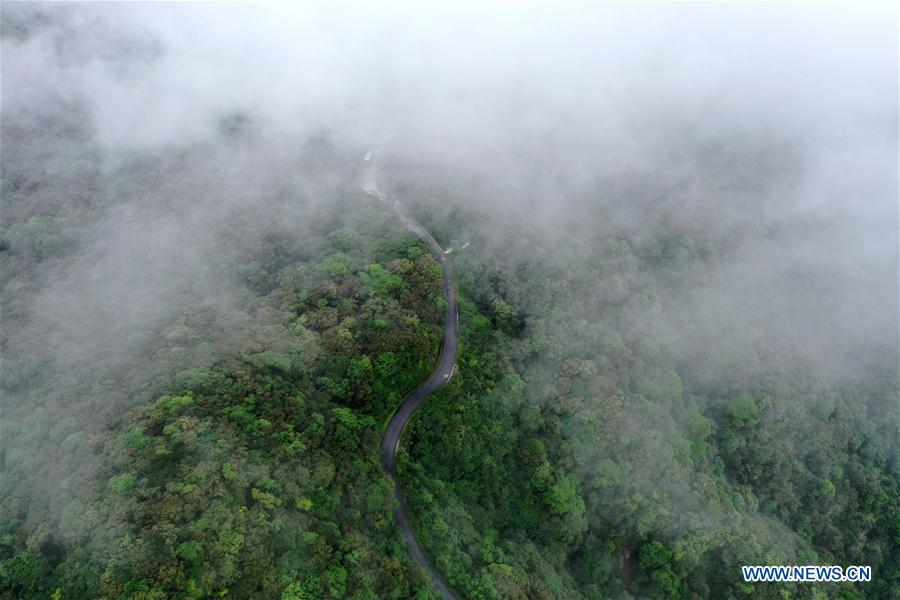
Aerial photo taken on June 30, 2019 shows clouds shrouding the Laoshanjie Mountain in Xing'an County of south China's Guangxi Zhuang Autonomous Region. Memorial halls and martyrs' cemeteries are springing up in many revolutionary places over the past few years, especially those along the Long March route. Visitors from all over China come to these memorials, reconnecting with history, reclaiming the Long March spirit and adding more momentum to the red tourism boom. In mid-October 1934, the Red Army soldiers launched the most epic military maneuver in China's modern history -- the Long March. The Red Army marched through raging rivers, snowy mountains and arid grasslands to break the Kuomintang regime's grip on the country and to continue their fight against Japanese invaders. Some of them marched as far as 12,500 kilometers, enduring hunger, thirst and cold. (Photos: Xinhua)
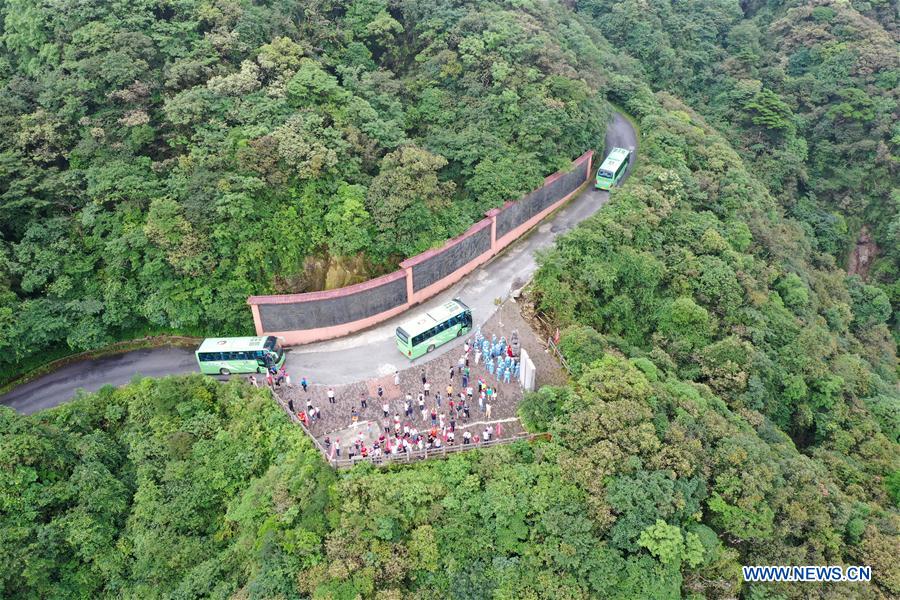
Aerial photo taken on June 30, 2019 shows tourists taking a tour on the Laoshanjie Mountain in Xing'an County of south China's Guangxi Zhuang Autonomous Region. Memorial halls and martyrs' cemeteries are springing up in many revolutionary places over the past few years, especially those along the Long March route. Visitors from all over China come to these memorials, reconnecting with history, reclaiming the Long March spirit and adding more momentum to the red tourism boom. In mid-October 1934, the Red Army soldiers launched the most epic military maneuver in China's modern history -- the Long March. The Red Army marched through raging rivers, snowy mountains and arid grasslands to break the Kuomintang regime's grip on the country and to continue their fight against Japanese invaders. Some of them marched as far as 12,500 kilometers, enduring hunger, thirst and cold.
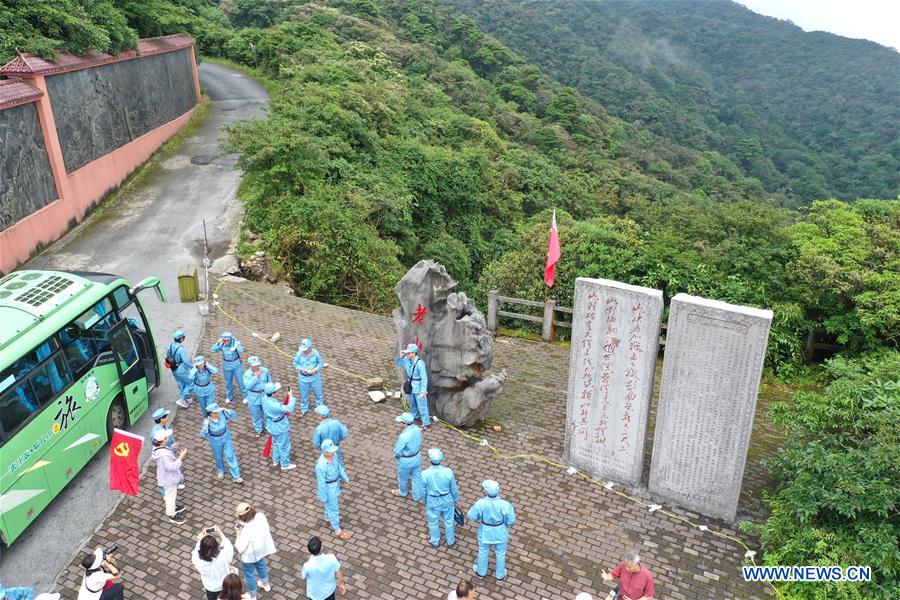
Aerial photo taken on June 30, 2019 shows tourists taking a tour on the Laoshanjie Mountain in Xing'an County of south China's Guangxi Zhuang Autonomous Region. Memorial halls and martyrs' cemeteries are springing up in many revolutionary places over the past few years, especially those along the Long March route. Visitors from all over China come to these memorials, reconnecting with history, reclaiming the Long March spirit and adding more momentum to the red tourism boom. In mid-October 1934, the Red Army soldiers launched the most epic military maneuver in China's modern history -- the Long March. The Red Army marched through raging rivers, snowy mountains and arid grasslands to break the Kuomintang regime's grip on the country and to continue their fight against Japanese invaders. Some of them marched as far as 12,500 kilometers, enduring hunger, thirst and cold.
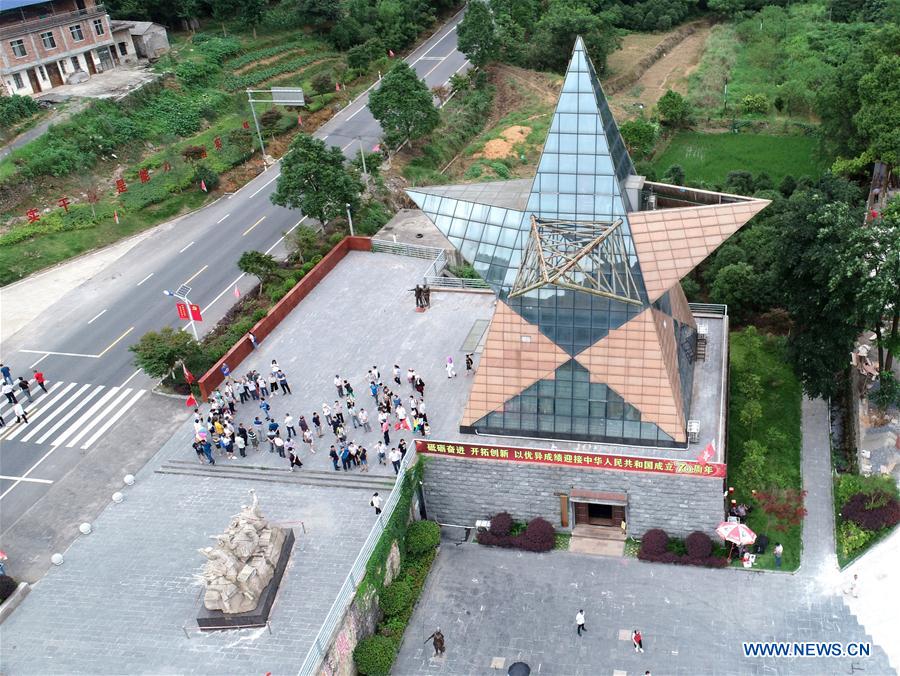
Aerial photo taken on June 28, 2019 shows the memorial hall that commemorates the battle of Xinxu in Guanyang County, south China's Guangxi Zhuang Autonomous Region. The Battle of Xinxu was one of the three major block battles fought in Guangxi, which had brought time for the Red Army to cross the Xiangjiang River. Memorial halls and martyrs' cemeteries are springing up in many revolutionary places over the past few years, especially those along the Long March route. Visitors from all over China come to these memorials, reconnecting with history, reclaiming the Long March spirit and adding more momentum to the red tourism boom. In mid-October 1934, the Red Army soldiers launched the most epic military maneuver in China's modern history -- the Long March. The Red Army marched through raging rivers, snowy mountains and arid grasslands to break the Kuomintang regime's grip on the country and to continue their fight against Japanese invaders. Some of them marched as far as 12,500 kilometers, enduring hunger, thirst and cold.
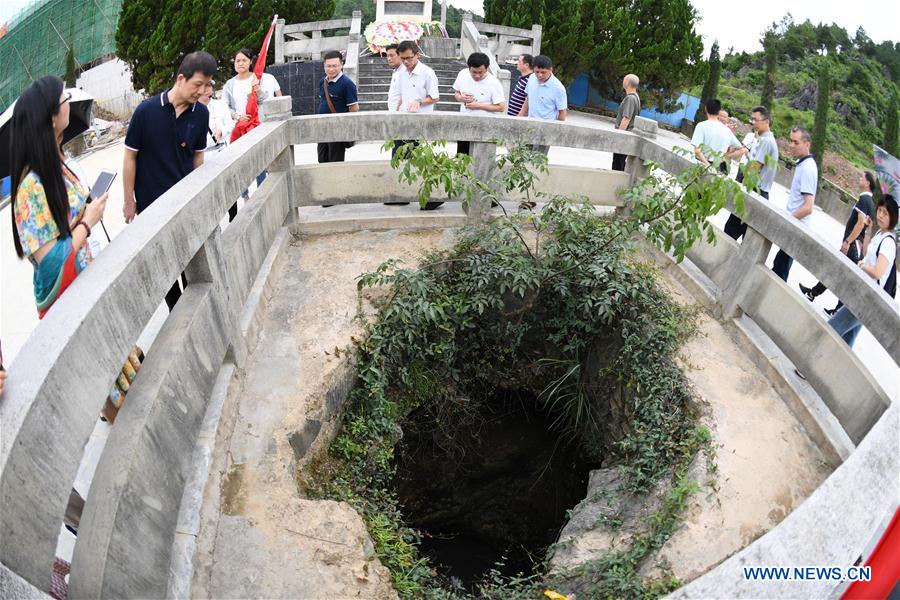
Aerial photo taken on June 28, 2019 shows people touring the memorial garden that commemorates Red Army's soldiers who died in the battle of Xinxu in Guanyang County, south China's Guangxi Zhuang Autonomous Region. The Battle of Xinxu was one of the three major block battles fought in Guangxi, which had brought time for the Red Army to cross the Xiangjiang River. Memorial halls and martyrs' cemeteries are springing up in many revolutionary places over the past few years, especially those along the Long March route. Visitors from all over China come to these memorials, reconnecting with history, reclaiming the Long March spirit and adding more momentum to the red tourism boom. In mid-October 1934, the Red Army soldiers launched the most epic military maneuver in China's modern history -- the Long March. The Red Army marched through raging rivers, snowy mountains and arid grasslands to break the Kuomintang regime's grip on the country and to continue their fight against Japanese invaders. Some of them marched as far as 12,500 kilometers, enduring hunger, thirst and cold.
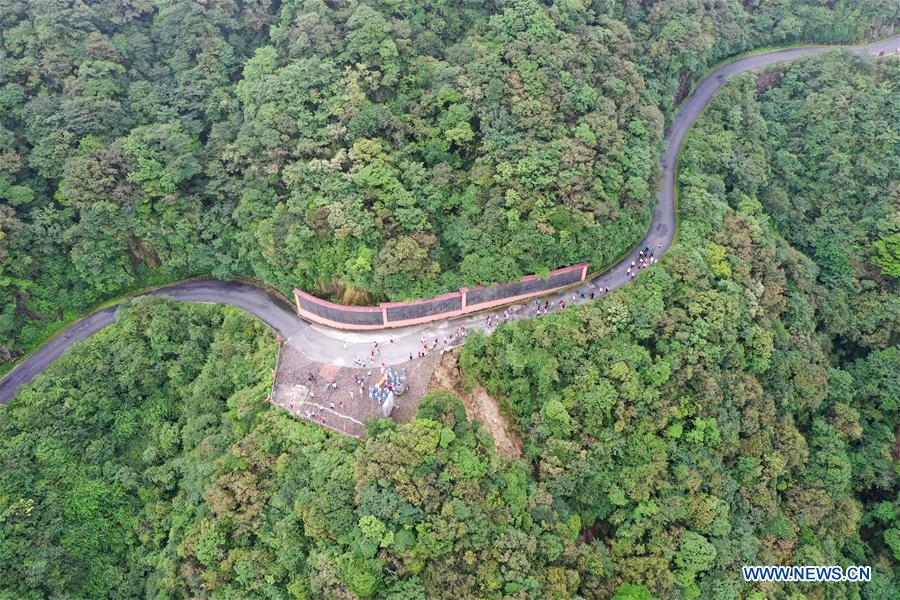
Aerial photo taken on June 30, 2019 shows tourists taking a tour on the Laoshanjie Mountain in Xing'an County of south China's Guangxi Zhuang Autonomous Region. Memorial halls and martyrs' cemeteries are springing up in many revolutionary places over the past few years, especially those along the Long March route. Visitors from all over China come to these memorials, reconnecting with history, reclaiming the Long March spirit and adding more momentum to the red tourism boom. In mid-October 1934, the Red Army soldiers launched the most epic military maneuver in China's modern history -- the Long March. The Red Army marched through raging rivers, snowy mountains and arid grasslands to break the Kuomintang regime's grip on the country and to continue their fight against Japanese invaders. Some of them marched as far as 12,500 kilometers, enduring hunger, thirst and cold.

Aerial photo taken on June 29, 2019 shows the Sanguantang building complex which once served as the Red Army's command headquarters during the 1934 Battle of Xiangjiang in Jieshou Town of Xing'an County, south China's Guangxi Zhuang Autonomous Region. Memorial halls and martyrs' cemeteries are springing up in many revolutionary places over the past few years, especially those along the Long March route. Visitors from all over China come to these memorials, reconnecting with history, reclaiming the Long March spirit and adding more momentum to the red tourism boom. In mid-October 1934, the Red Army soldiers launched the most epic military maneuver in China's modern history -- the Long March. The Red Army marched through raging rivers, snowy mountains and arid grasslands to break the Kuomintang regime's grip on the country and to continue their fight against Japanese invaders. Some of them marched as far as 12,500 kilometers, enduring hunger, thirst and cold.
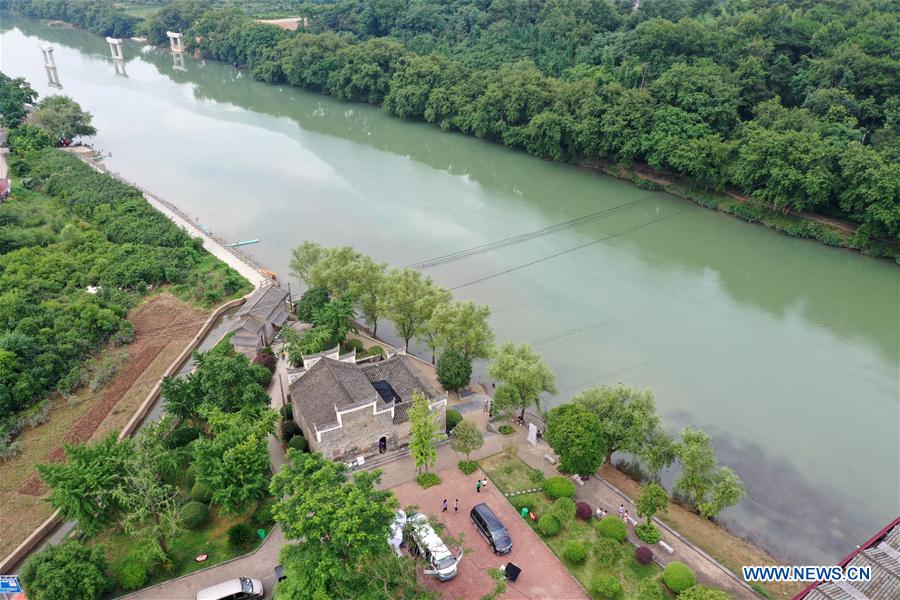
Aerial photo taken on June 29, 2019 shows the Sanguantang building complex which once served as the Red Army's command headquarters during the 1934 Battle of Xiangjiang in Jieshou Town of Xing'an County, south China's Guangxi Zhuang Autonomous Region. Memorial halls and martyrs' cemeteries are springing up in many revolutionary places over the past few years, especially those along the Long March route. Visitors from all over China come to these memorials, reconnecting with history, reclaiming the Long March spirit and adding more momentum to the red tourism boom. In mid-October 1934, the Red Army soldiers launched the most epic military maneuver in China's modern history -- the Long March. The Red Army marched through raging rivers, snowy mountains and arid grasslands to break the Kuomintang regime's grip on the country and to continue their fight against Japanese invaders. Some of them marched as far as 12,500 kilometers, enduring hunger, thirst and cold.


